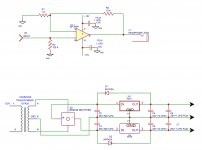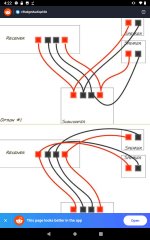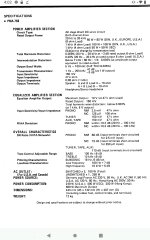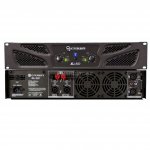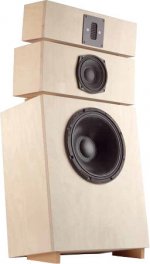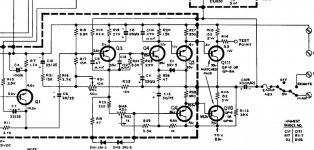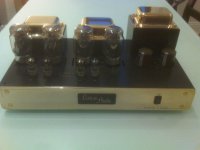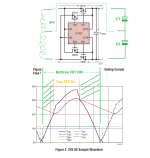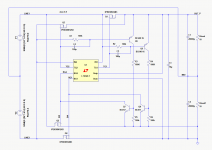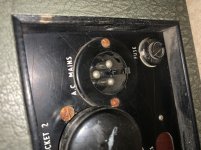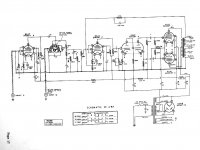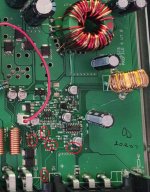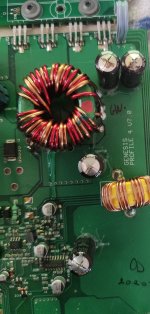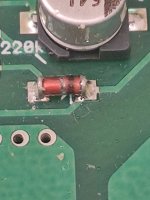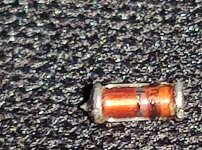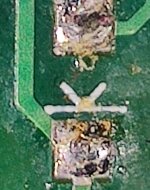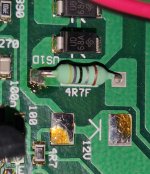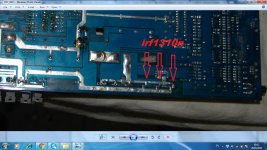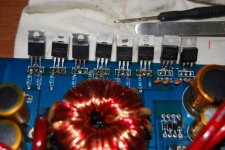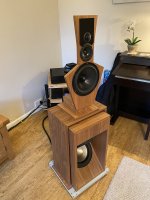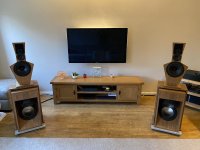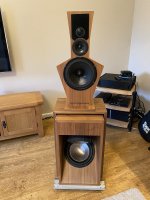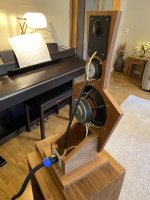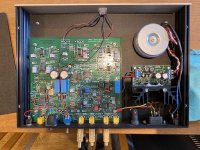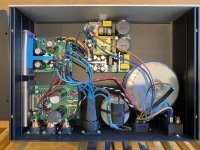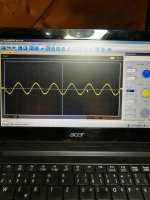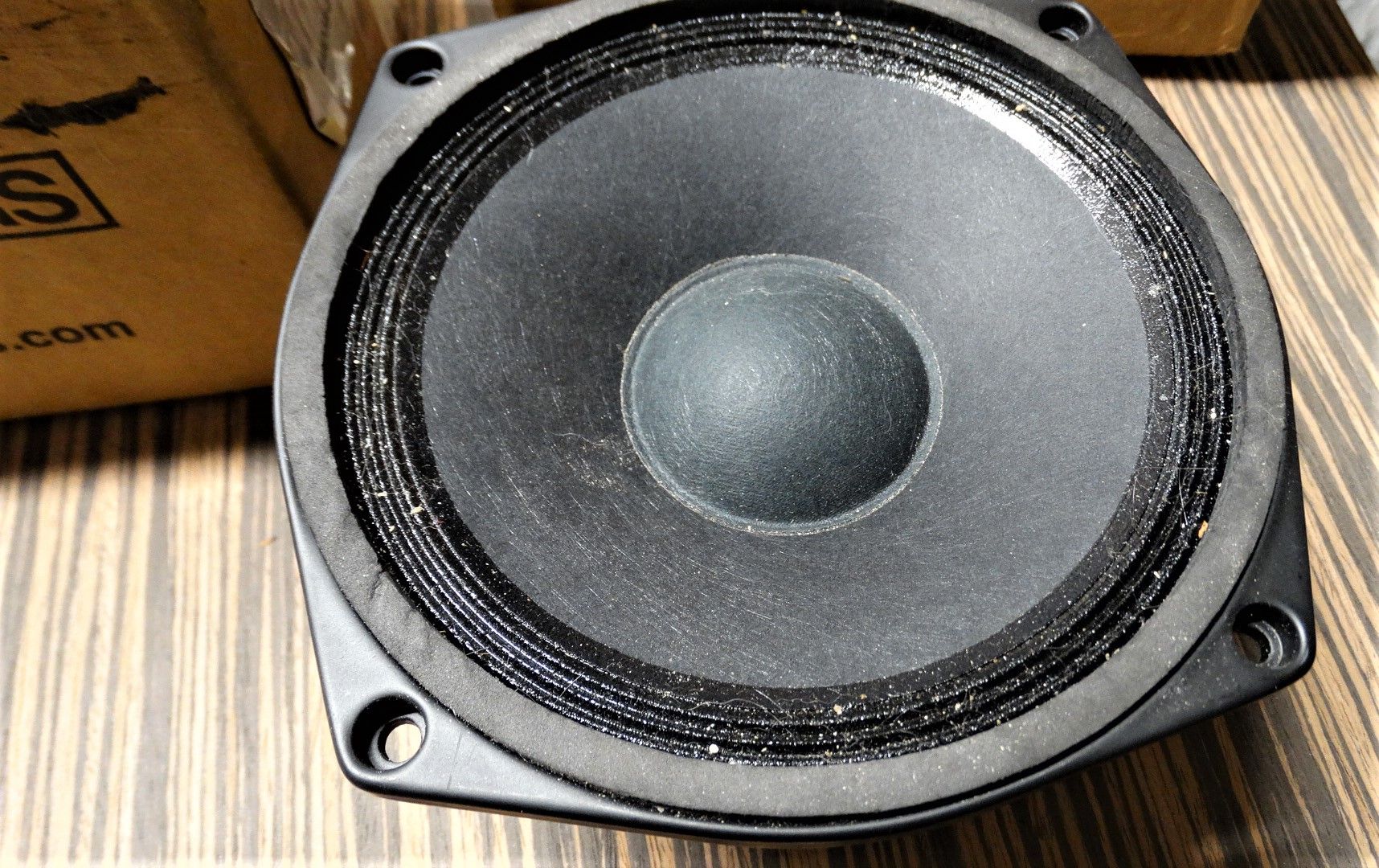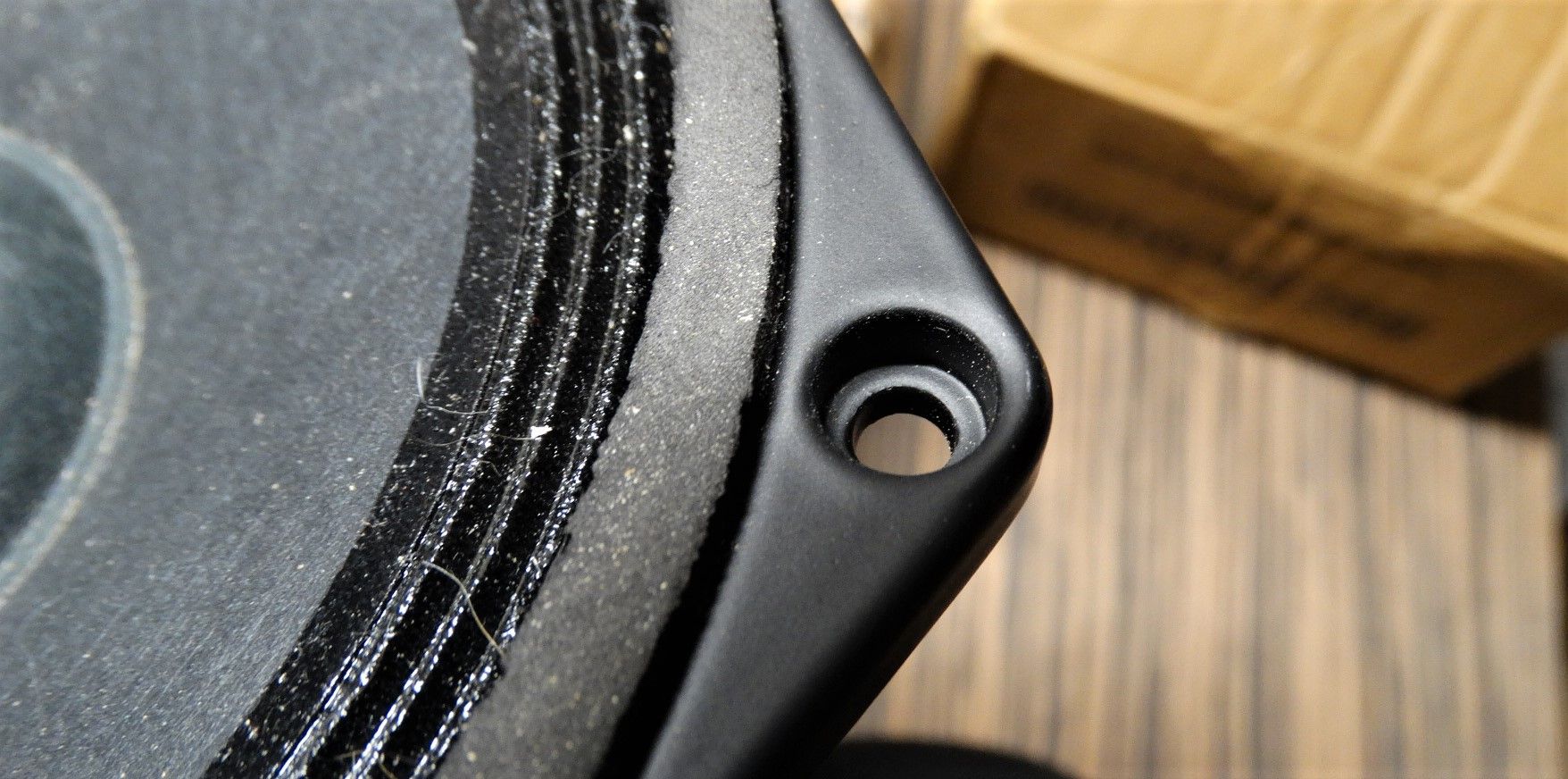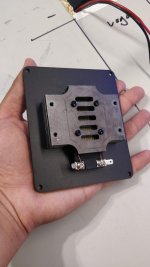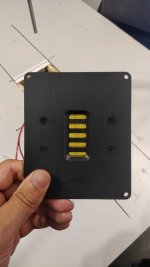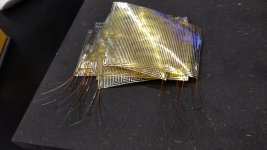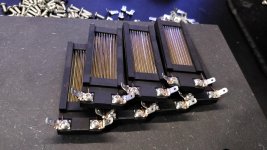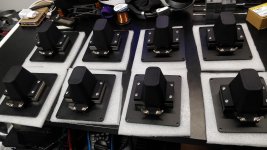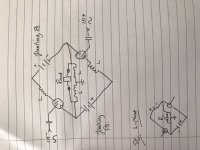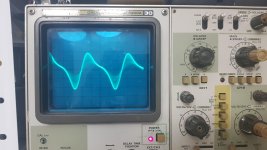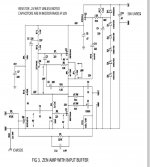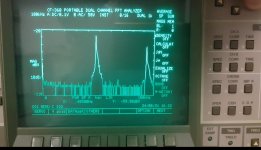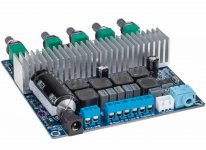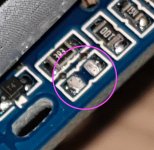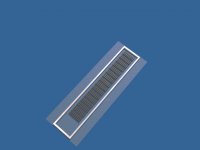H All,
I am selling my DIY AMT tweeters. I have 8 available and I am selling them for 285 USD (or 240 EUR) each.
I will ship anywhere at cost of the buyer, I am located in The Netherlands.
I am not with a company, you will be buying from me as an individual.
This means I cannot provide literal warranty, but if anything breaks I can repair the unit or I can send a replacement diaphragm. The diaphragm can be replaced by removing the back box and loosening the 4 screws inside. The diaphragm simply slides out.
Pairs will be matched by picking the closest pairs out of the 8 pieces. The maximum tolerance over the whole batch is +/- 0,5dB.
For detailed specifications please check
the datasheet. The datasheet can also be downloaded from the attachments. I will list a couple of key features and specifications for who's in a hurry.
Features:
- Very low distortion, roughly -50 dB at 1W/1M.
- Very wide and smooth horizontal dispersion. -2dB in a window of 40 degrees!
- Somehwat narrow, but very smooth vertical dispersion.
- Usable from 1,3kHz with low distortion.
- Very flat impedance.
Specifications:
- Nominal impedance: 4 Ohm
- DC resistance: 5 Ohm
- Inductance at 1 kHz: 0,02 mH
- Effective piston area: 9cm²
- Actual piston area: 39,9cm²
- Moving mass: 2 g
- Free air resonance: 1,3 kHz
- Sensitivity, 1W/1M: 86 dB
- Force factor: 1,99 Tm
- Magnetic flux density: 0,67 T
- Long term- power handling: 20W
- Short term- power handling: 50W
- Weight: 0,76 kg
Project background information:
Developing transducers and audio electronics is a hobby of mine. I wanted to see if I could develop AMT's that could be paired with Purifi Audio's woofers in a 2 way nearfield speaker. I could've just bought parts for two units, but then I would've ended up with a 2000 euro pair of AMT's. I said F* it, lets spend a little more to bring the unit price down alot, and see if I can sell the extra units to get back the investment. This is the first time I'm doing this, I want to see if it is something I can repeat to save money for more projects.
Design philosophy:
AMT technology seemed like a good candidate for a low distortion, constant directivity system, but most available AMT's have a bottleneck that cannot be fixed. Alot of AMT's have a quite large diaphragm, causing bundling of high frequencies. The narrower and shorter AMT's are better with dispersion, but are limited by rolloff and distortion under 3kHz. The AMT's that have both good dispersion and low distortion often cost more than 500 USD each (Mundorf, Eton). I decided to try to shift the compromises to the things that are less important for a 2 way nearfield, or to things that are fixable.
Frequencyresponse:
The frequency response is not flat, but it is smooth, and the rolloff is roughly -3dB at 1,2 kHz! There is one bump that should be filtered out, this can easily be done both actively and passively with a wide bandwidth notch filter at 7,5 kHz.
Dispersion:
To achieve wide and smooth horizontal dispersion I decided to make the diphragm narrow, 20 mm! Vertically the tweeter is also quite short, 45 mm. There is some bundling, but the dispersion is very smooth. The smaller diaphragm surface causes the sensitivity drop at the lower end of the tweeter.
Distortion:
To achieve low distortion over a wide bandwidth I decided to go with a realatively thick kapton membrane material. The membrane thickness causes the sensitivity drop above 7,5 kHz. The resulting distortion is very low, even at 1 kHz and 64W (-30 dB)!
BTW. This tweeter should be perfect with a waveguide because of the drop in sensitivity where the waveguide causes gain. Also, the wavefront is planar.
The back box is easily removable for dipole use, but I have no specs for it like that.
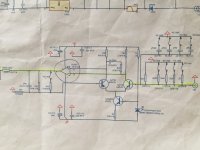

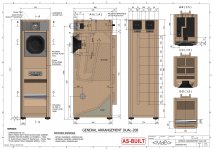
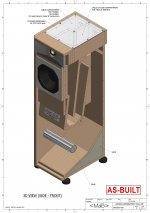
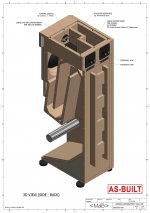
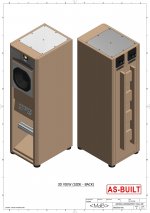
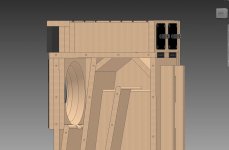
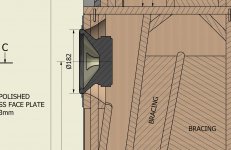
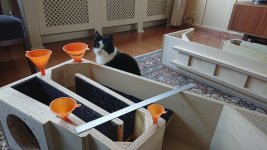
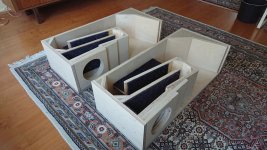
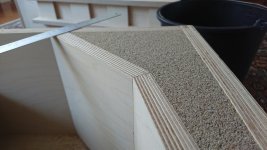
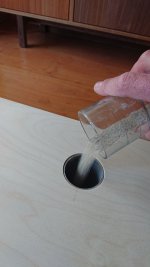
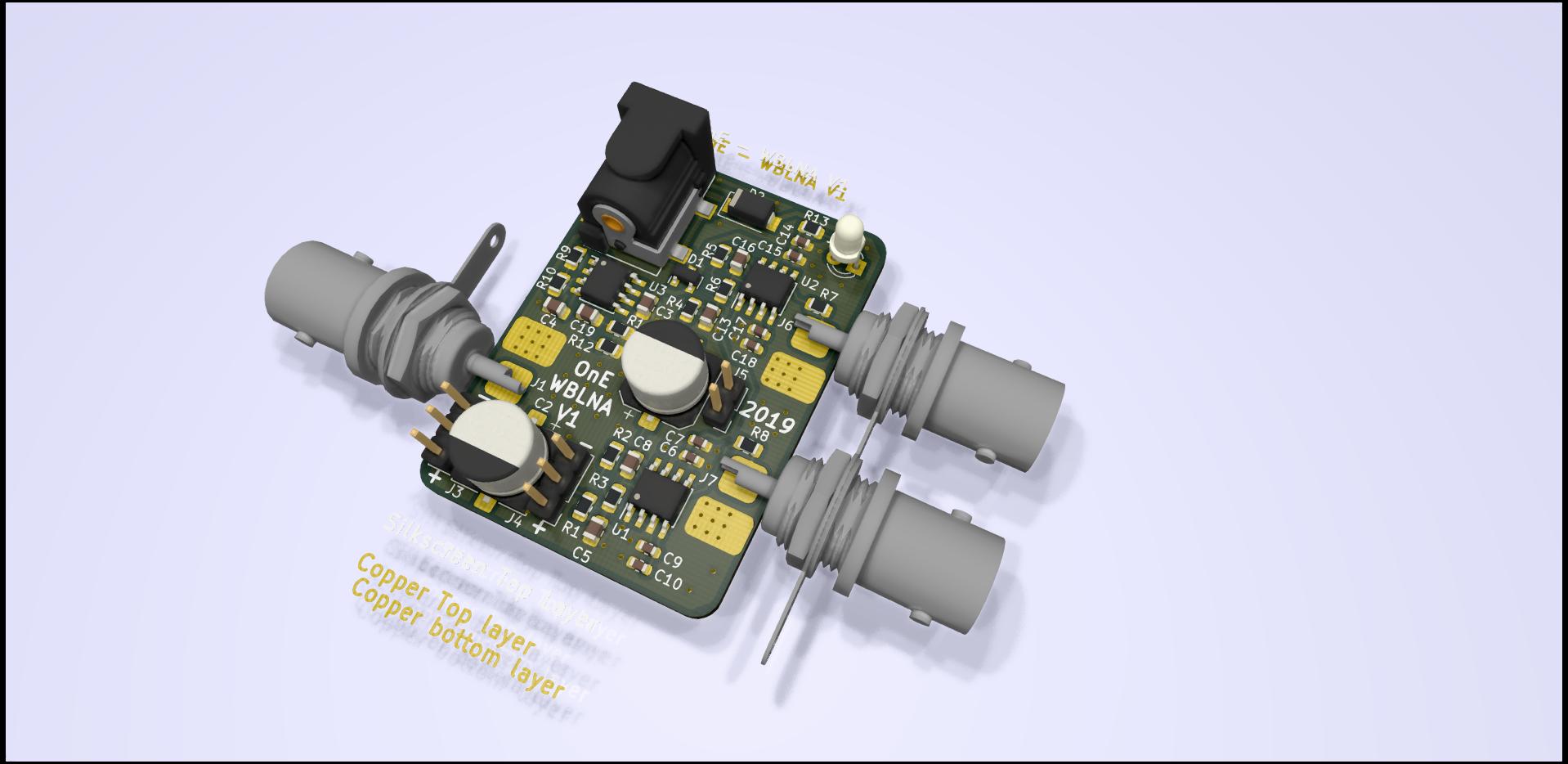
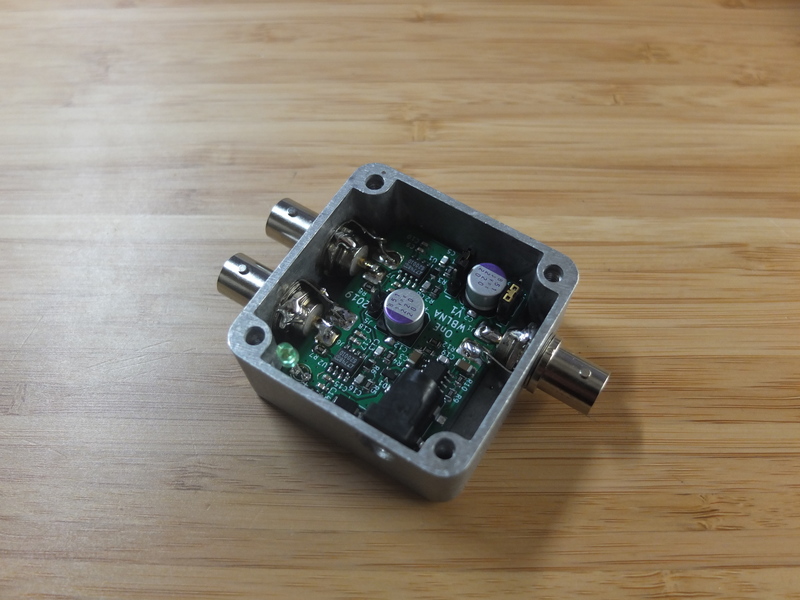

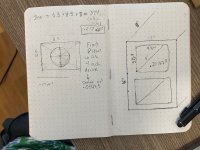
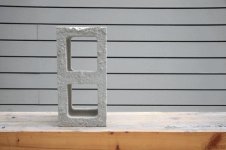
 New thread split from here -
New thread split from here - 